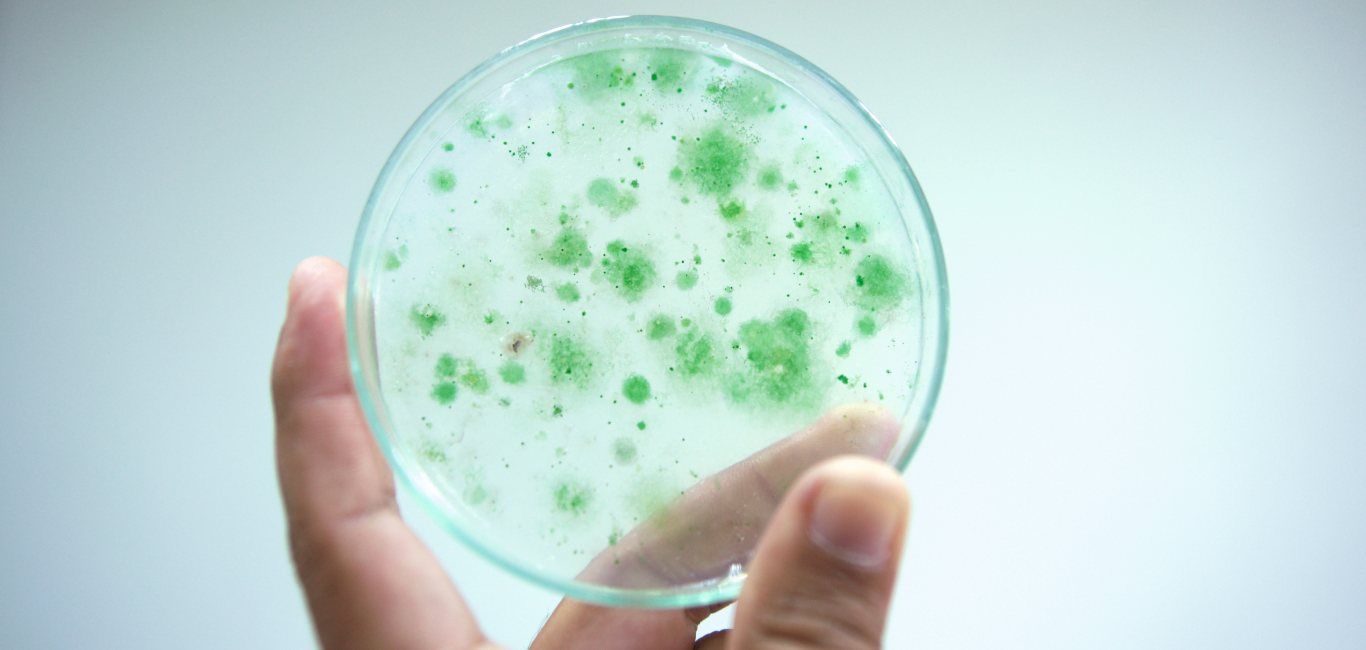
Researchers from Duke University, in collaboration with the University of Helsinki, have developed a small fluorescent protein molecule that has the potential to significantly enhance cancer treatment. By utilizing near infrared (NIR) light, this molecule allows for higher-quality imaging of biological tissues.
The improved imaging capabilities could pave the way for targeted therapies and image-guided surgeries to remove tumour tissue. Current imaging technologies for biological tissues primarily rely on visible light (between 350-700nm), which falls short in producing in-depth images and obtaining high-quality data. The breakthrough in fluorescent protein molecules offers a promising avenue for advancing cancer treatment and improving diagnostic accuracy.
Engineered fluorescent proteins
Junjie Yao, author of the study published in the journal Nature Methods, explains that they utilized the light receptors of Cyanobacteria, a bacterial species, to engineer the fluorescent proteins (FPs) known as miRFP718nano.
“When compared to natural receptors, these synthesized proteins were two times smaller in size and had greater stability in vitro and in mammalian cells,” Yao says.
These engineered proteins absorb and emit light in the NIR of 1000 to 1700nm which is known as short wavelength infrared window (SWIR). This SWIR window has superior penetration capacity, better resolution with better contrast, which has made image capturing more efficient for biological tissues.
Also read: Brain imaging is costly and tedious. New AI techniques could change this
The efficacy of these engineered molecules was first tested in phantoms (objects used to mimic human tissue) followed by mice models.
In cell line and animal studies, researchers observed that the engineered bacterial proteins outperformed natural proteins in generating higher quality images of microbes within the GI tract of mice. Additionally, these proteins successfully captured clear images of liver inflammation in the mouse models.
miRFP718nano allows better imaging than conventional proteins
Fluorescence imaging is often employed as a non-invasive technique for live tissue imaging. Molecules that re-emit light upon absorption of electromagnetic rays are called fluorophores.
“Most of the conventional imaging techniques use radioactive substances for tissue illumination. But these methods often have the safety and contamination hindrances with radioactive substances,” Dr Irla Sivakumar, postdoctoral associate, Department of Industrial Engineering from University of Pittsburgh tells Happiest Health.
Mammalian cell line studies have shown two-fold stronger fluorescence imaging when compared to other conventional methods. They could see that SWIR images were 65 % and 61% better than the images captured naturally by NIR light.
“Repeated rounds of mutations and gene screening studies were done to evolve the FPs such that these were more efficient and reliable in capturing tissue images with enhanced brightness,” says Vladislav V Verkusha, another author of the study.
Better imaging, better therapies
miRFP718nano binds to a compound called biliverdin that is abundantly present in living tissues.
Using a technique called structure-based drug design, the researchers developed the fluorescent proteins (FPs) to precisely locate and bind with biliverdin in tissues. This binding process triggers the emission of fluorescent light, enabling effective image capture.
These new molecules could play a major role in targeted therapies for cancer treatment and can also help in image-guided surgery for tissue excision in tumours, adds Dr Sivakumar.
These imaging techniques hold the potential to accurately identify cancer cells while sparing healthy cells during tumour excision. Potentially, it could improve the effectiveness of targeted therapies, improving treatment outcomes.

















